Nestled in the heart of the Al Batinah region, Rustaq Fort stands as a monumental testament to Oman’s rich historical tapestry. This imposing structure not only showcases the architectural prowess of ancient Omanis but also offers a window into the nation’s storied past. As one of the most significant forts in Oman, Rustaq Fort has played a pivotal role in the country’s defense and governance. Its strategic location, coupled with its intricate design, makes it a must-visit for history enthusiasts and travelers alike.
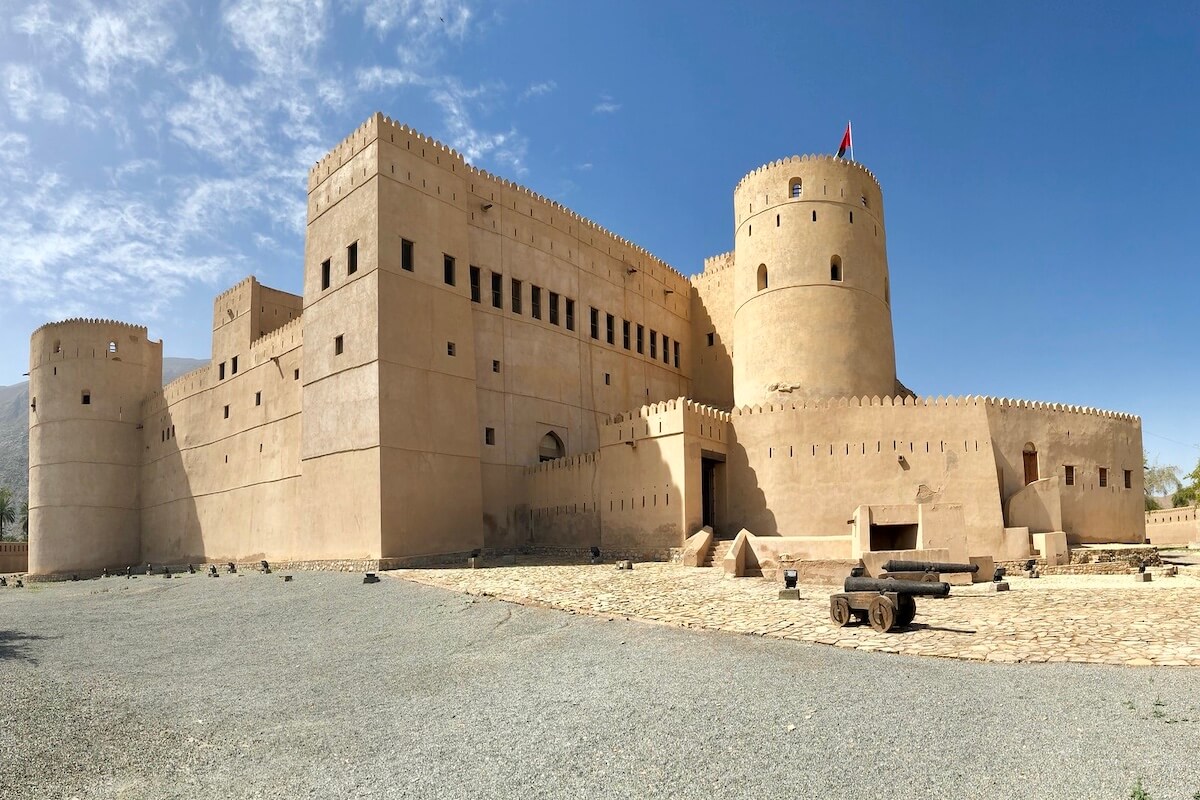
The Historical Significance of Rustaq Fort
Origins and Importance of Rustaq Fort
Rustaq Fort, located in the Al Batinah South Governorate of Oman, stands as one of the most ancient and historically significant fortresses in the country. Originally built in the 13th century and expanded further during the 17th century under the Ya’aruba dynasty, this fort played an essential role in the defense of Oman over centuries. Strategically positioned at the foot of the Al Hajar Mountains, the fort’s location was crucial in providing both a physical and tactical advantage, making it a formidable military stronghold. Rustaq Fort is not just a monument to Oman’s rich history; it is a symbol of resilience and strength, having withstood the test of time and battle, protecting the lands and people of Oman for generations.
Architectural Features of Rustaq Fort
Rustaq Fort is a remarkable example of Omani architectural ingenuity, boasting a variety of features that reflect the sophistication and military needs of the time. Each aspect of the fort’s design was carefully crafted to ensure its functionality and defense capabilities:
Four Main Towers: The tallest tower rises over 18 meters high, offering a strategic vantage point for surveillance and defense. The towers’ placement around the fort is strategically designed to allow for maximum visibility of the surrounding areas, helping to protect the fort from potential invasions.
Residential Quarters: The fort’s residential area housed the ruling Imam and his family, showcasing the traditional Omani style of living. These quarters reflect a blend of functionality and comfort, built to accommodate the needs of the ruling class while maintaining the fort’s defense capabilities.
Armory and Prison: The armory housed weapons and military supplies essential for the fort’s defense, while the prison served as a containment area for captives, including prisoners of war. These spaces highlight the fort’s dual role as both a defensive structure and a site for governance and law enforcement.
Mosque: A mosque within the fort serves as a powerful symbol of the deep religious influence that permeates Omani culture. The mosque is not only a place of worship but also represents the spiritual strength of the community, which was integral to the fort’s social and cultural structure.
Falaj Water System: One of the fort’s most impressive features is its sophisticated Falaj irrigation system, which reflects the advanced engineering and water management techniques developed by Omanis. This system provided the fort with a reliable source of water, essential for both daily life and survival in the harsh desert environment.
Restoration Efforts of Rustaq Fort
Recognizing the historical and cultural significance of Rustaq Fort, the Omani government has invested considerable resources in its restoration. Efforts to preserve and rehabilitate the fort are ongoing, ensuring that its structural integrity and historical authenticity are maintained for future generations. The restoration process is carried out with great care and respect for the fort’s original architecture, with the aim of keeping its historical charm intact while also making it accessible for tourists and scholars. These efforts highlight Oman’s commitment to preserving its rich cultural heritage.
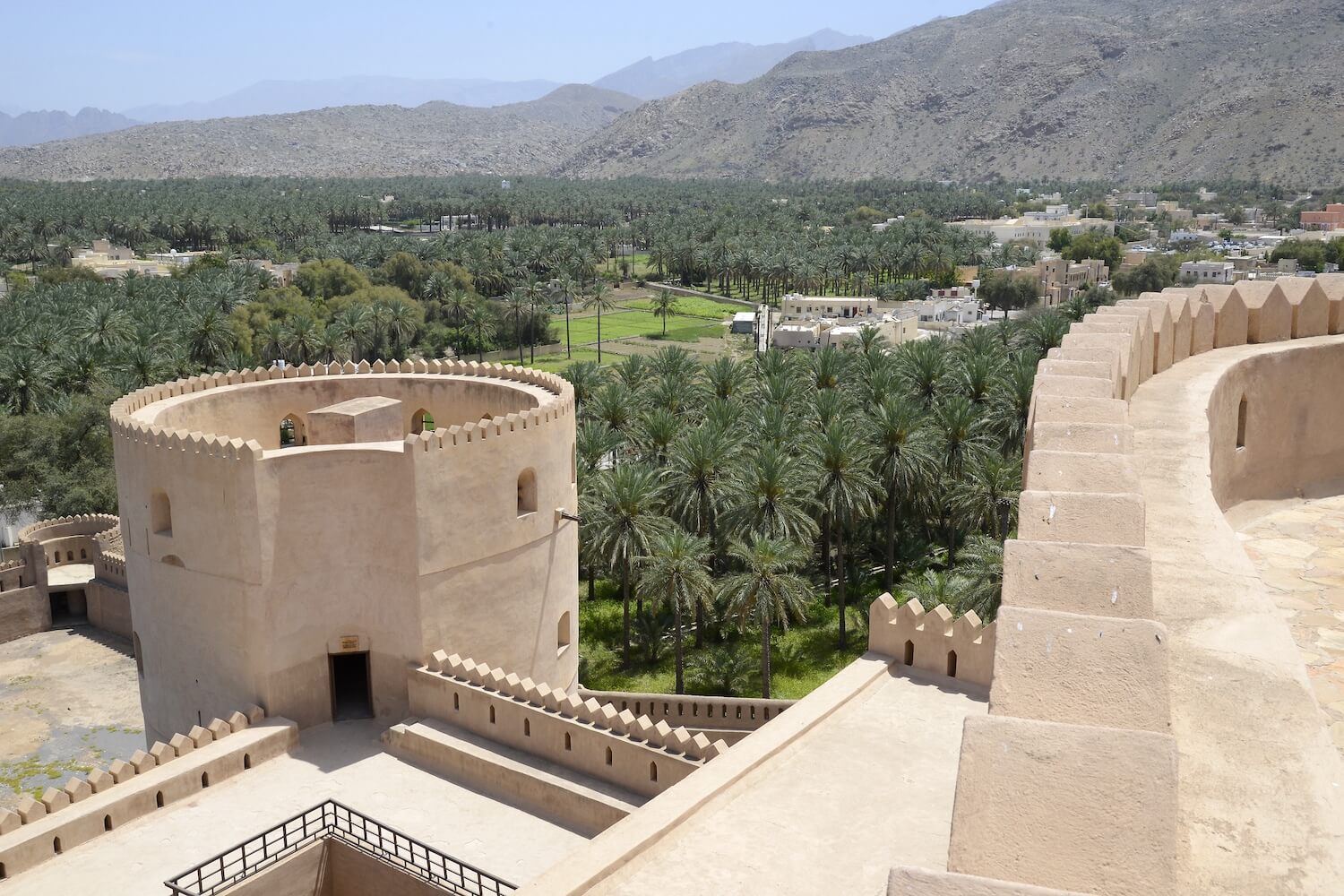
The Cultural Landscape of Rustaq
Traditional Souqs of Rustaq
The old souq (marketplace) in Rustaq has been a bustling center of trade for centuries, where locals have exchanged goods such as dates, honey, and intricate handicrafts. Today, visitors can still experience the vibrant atmosphere of the souq, where tradition and commerce meet. The souq is a window into the past, offering an authentic look at Omani trading practices and providing visitors with the opportunity to purchase local products while experiencing the cultural richness of the area. It’s not just a market but a living, breathing testament to the enduring traditions of the Omani people.
The Healing Waters of Ain Al Kasfa
Rustaq is also home to the famous Ain Al Kasfa, a natural hot spring known for its sulfur-rich waters. The spring has long been a destination for locals and tourists alike, who seek its therapeutic benefits. The warm waters of Ain Al Kasfa are believed to have healing properties, making the site a popular spot for relaxation and rejuvenation. Surrounded by the rugged beauty of the landscape, this natural wonder provides visitors with not only a chance to unwind but also to experience the therapeutic traditions that have been passed down through generations in Oman. The serene environment and soothing waters make it an unforgettable experience for those who visit.
Rustaq Fort and its surrounding cultural landscape are not just historical relics but living expressions of Oman’s rich heritage, offering visitors a glimpse into the past while showcasing the resilience and ingenuity of the Omani people throughout the ages.
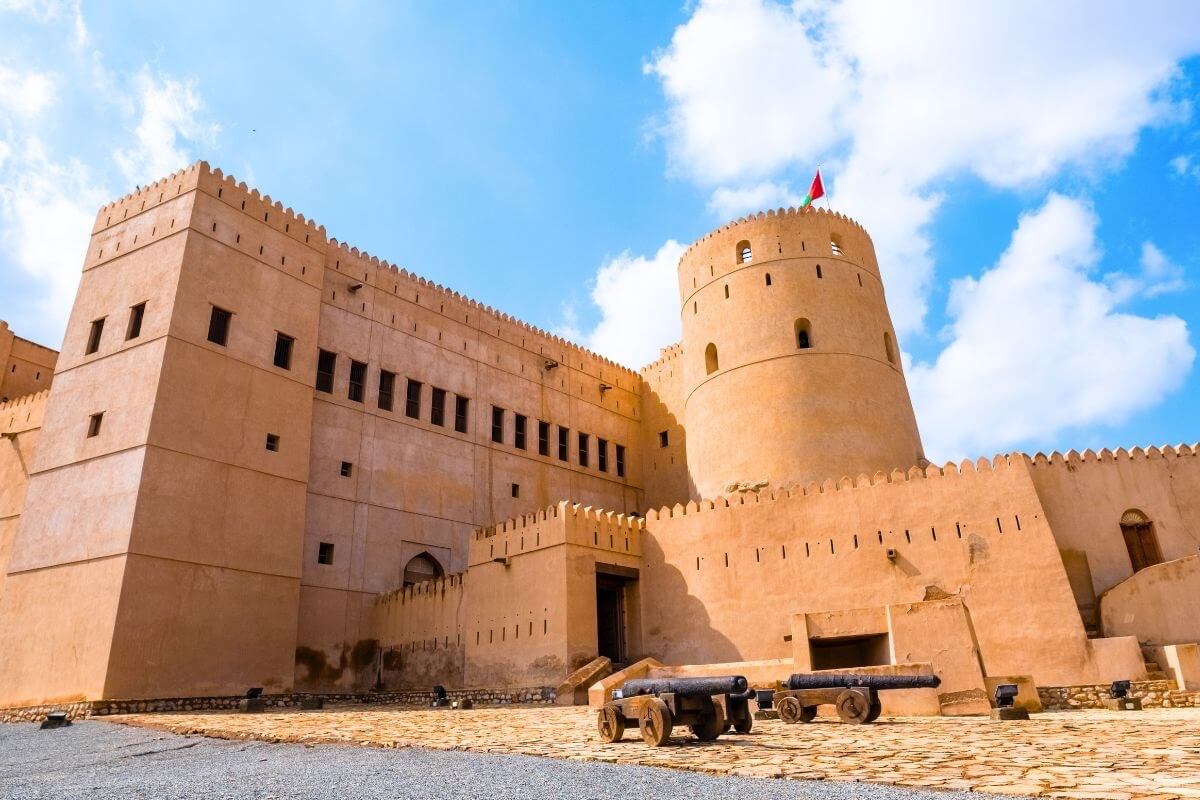
Natural Wonders of Al Batinah – Wadis and Mountains
Wadi Bani Awf
Wadi Bani Awf is a true natural gem, known for its awe-inspiring landscapes, rugged terrain, and dramatic canyons that will leave any adventurer mesmerized. The wadi offers an unforgettable experience with its challenging hiking trails that wind through narrow ravines, towering cliffs, and crystal-clear pools of water. This wadi is not just a destination; it’s an invitation to explore nature at its wildest, offering an adrenaline-packed adventure for those who dare to venture into its depths. Surrounded by stunning rock formations and rich desert flora, Wadi Bani Awf is undoubtedly one of the most scenic and thrilling natural attractions in Al Batinah, making it a must-visit spot for any adventure enthusiast.
The Al Hajar Mountains and Their Connection to Rustaq Fort
The imposing Al Hajar Mountains form a majestic backdrop to Rustaq Fort, adding both beauty and strategic significance to this historical site. These towering peaks have not only defined the region’s dramatic landscape but have also historically served as a natural barrier, protecting the fort and its surrounding settlements from potential invasions. The mountains’ rugged slopes and harsh terrain made it difficult for enemy forces to approach the fort, thus ensuring the safety and security of the area for centuries. Beyond their military significance, the Al Hajar Mountains also hold cultural importance, as they have shaped the way of life for the people of Rustaq and the surrounding regions. Their towering presence continues to inspire awe and admiration, offering visitors both a visual spectacle and a deep connection to Oman’s history.

Must-Visit Historical Sites in Al Batinah
Al Hazm Castle – A Masterpiece of Omani Architecture
Al Hazm Castle, located in the Wilayat of Rustaq, is an architectural marvel and a testament to Omani craftsmanship. Built in 1711 by Imam Sultan bin Saif II, the castle is a stunning example of Omani fortification and design. Its most remarkable feature is its enormous wooden doors, intricately carved with patterns that reflect the artistry and skill of Omani craftsmen. The castle’s innovative structural design is equally impressive, with a roof supported entirely by massive columns instead of traditional beams, showcasing the ingenuity of Omani architecture. As one of the most well-preserved historical sites in Oman, Al Hazm Castle is a must-visit for anyone interested in exploring the rich history and architectural brilliance of the region.

Nakhal Fort – A Stronghold of Al Batinah
Nakhal Fort, perched high on a rocky hill in the Wilayat of Nakhal, is a commanding presence that overlooks the lush date palm plantations and rugged mountains below. With a history that dates back to pre-Islamic times, this fort has stood the test of time, offering a glimpse into Oman’s rich military past. The fort underwent significant renovations during the reign of Imam Said bin Sultan in the 19th century, further enhancing its strategic importance. Today, Nakhal Fort stands as a symbol of strength and resilience, offering breathtaking views of the surrounding landscape and providing visitors with a fascinating window into Oman’s history. Its commanding position and rich heritage make it a must-see historical landmark in Al Batinah.
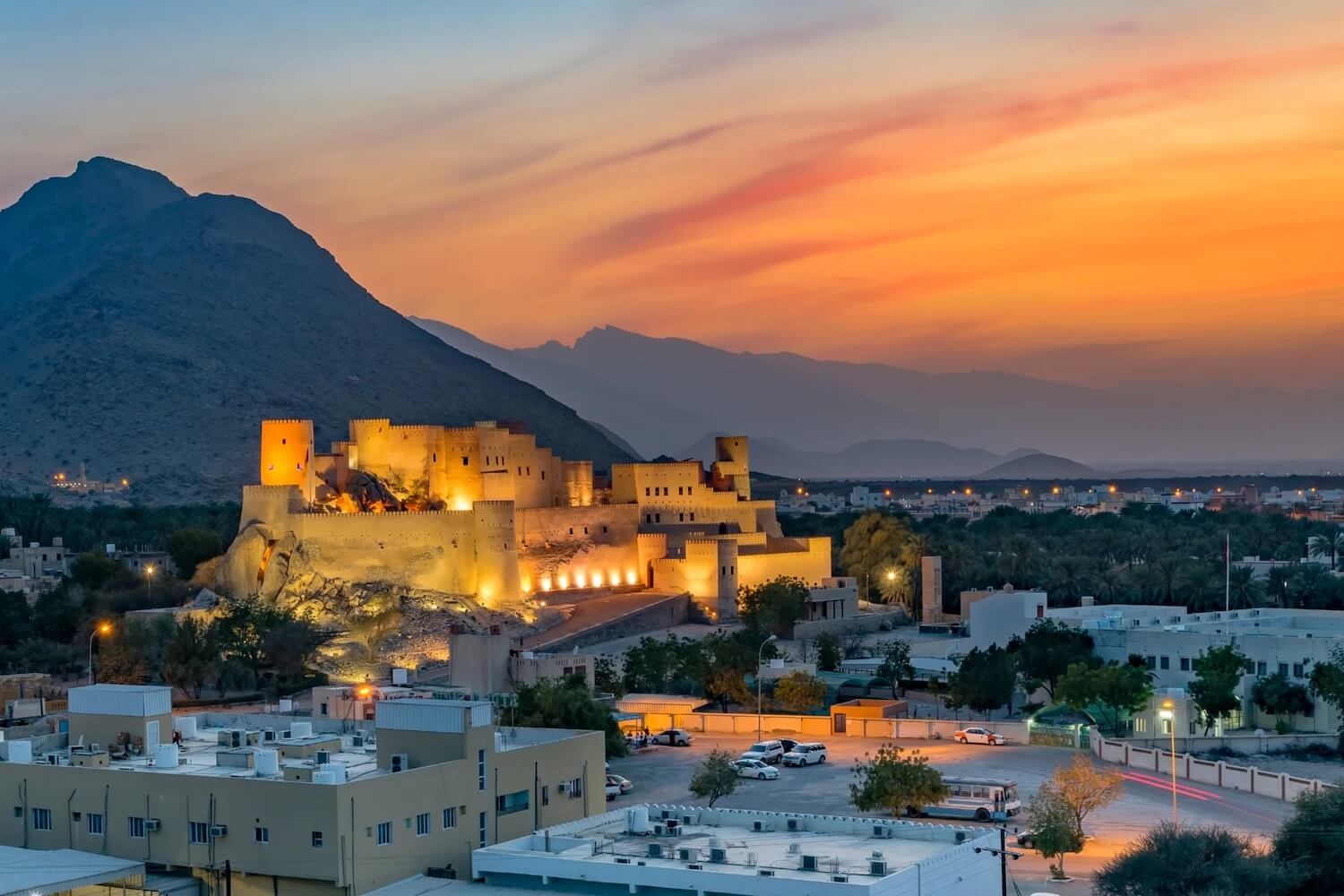
Barka Fort and Al Numan Castle
Barka Fort: Nestled along Oman’s picturesque coastline, Barka Fort played a crucial role in defending the region’s shores against invaders. This seaside fortress, with its commanding views over the Arabian Sea, was strategically positioned to protect the region’s maritime trade routes. Today, Barka Fort offers visitors a chance to explore its well-preserved structure while also soaking in the serene coastal landscape surrounding it.
Al Numan Castle: Built in the late 17th century, Al Numan Castle once served as a royal residence and remains a stunning example of traditional Omani architecture. The castle is renowned for its exquisite design, including beautiful arches and intricate details that speak to the craftsmanship of the era. Over the centuries, Al Numan Castle has stood as a symbol of Oman’s royal history and cultural heritage. Today, it stands as a landmark of historical and architectural significance, offering visitors a glimpse into Oman’s past.
These forts and castles in Al Batinah are not only reminders of Oman’s military and royal heritage but also serve as gateways to understanding the country’s architectural brilliance and strategic importance throughout history.
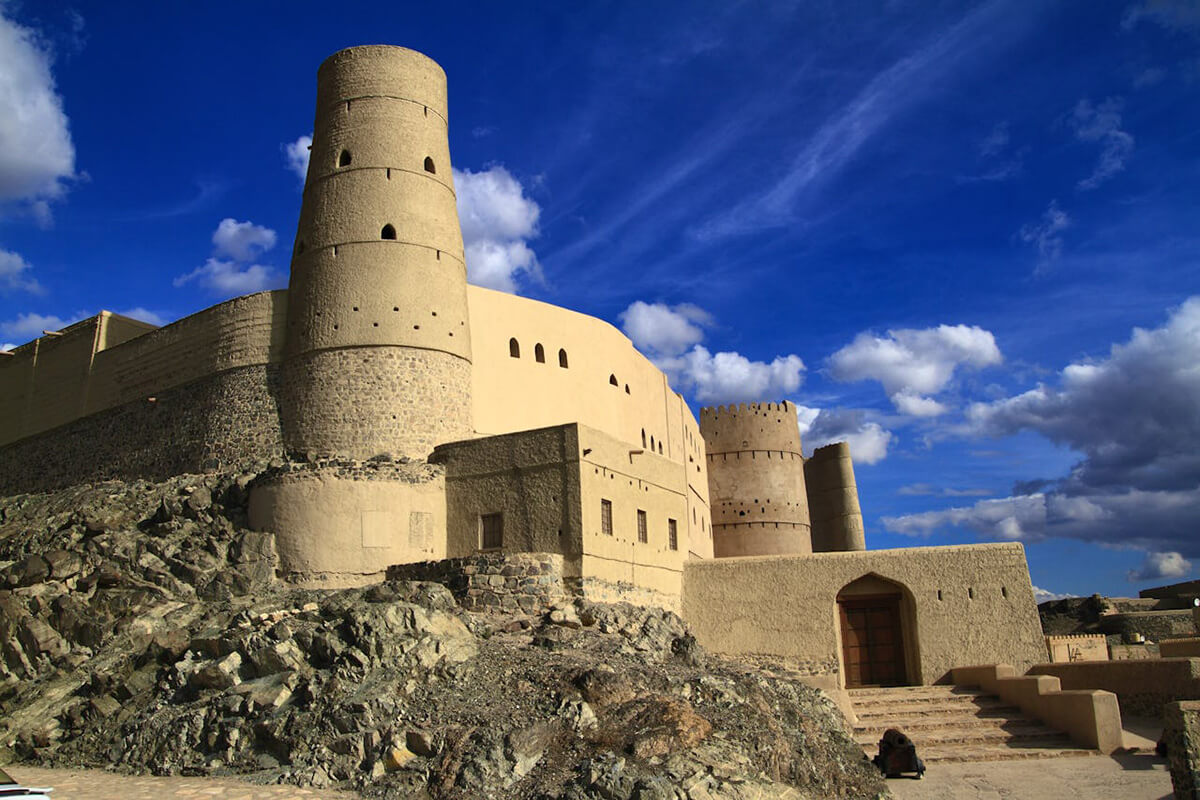
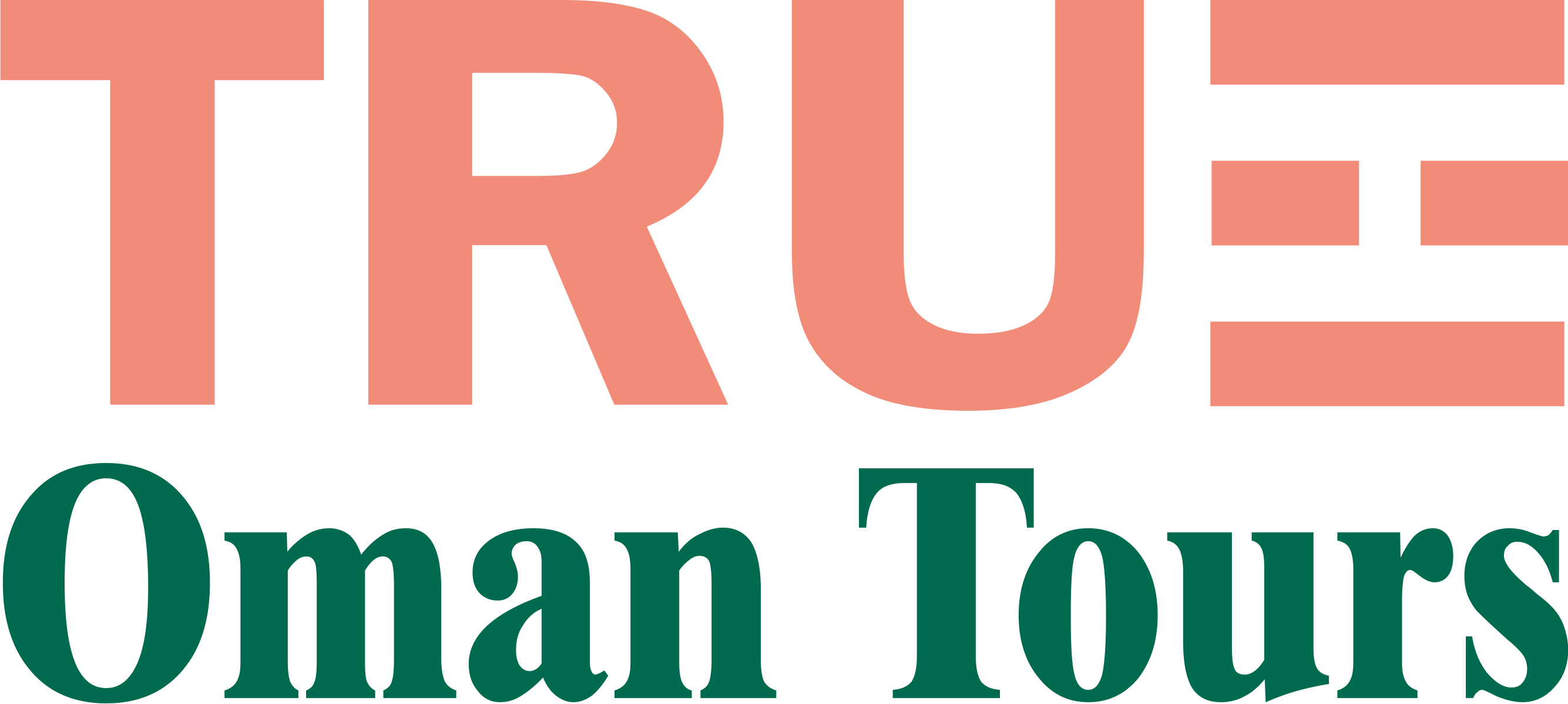
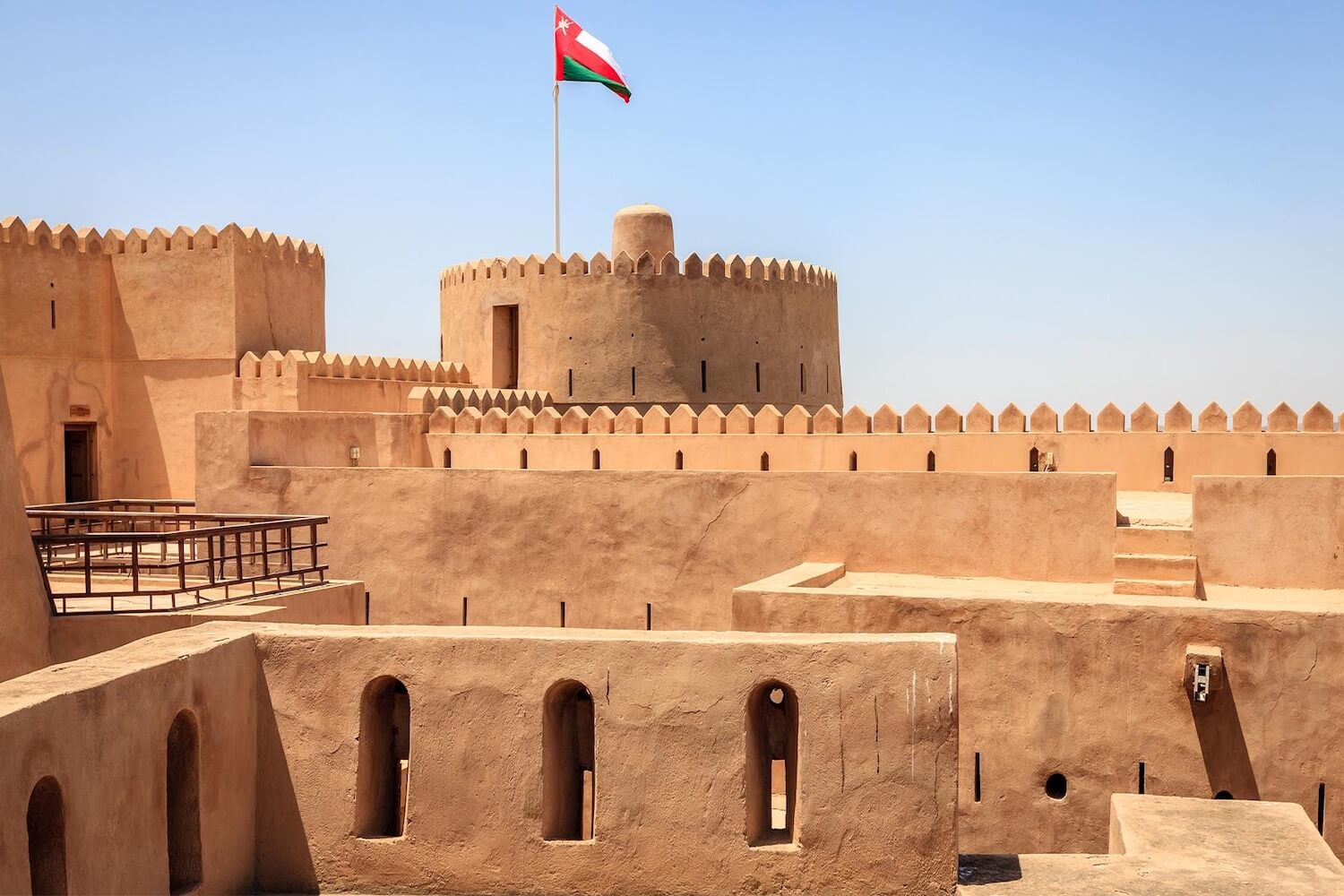
0 Comment